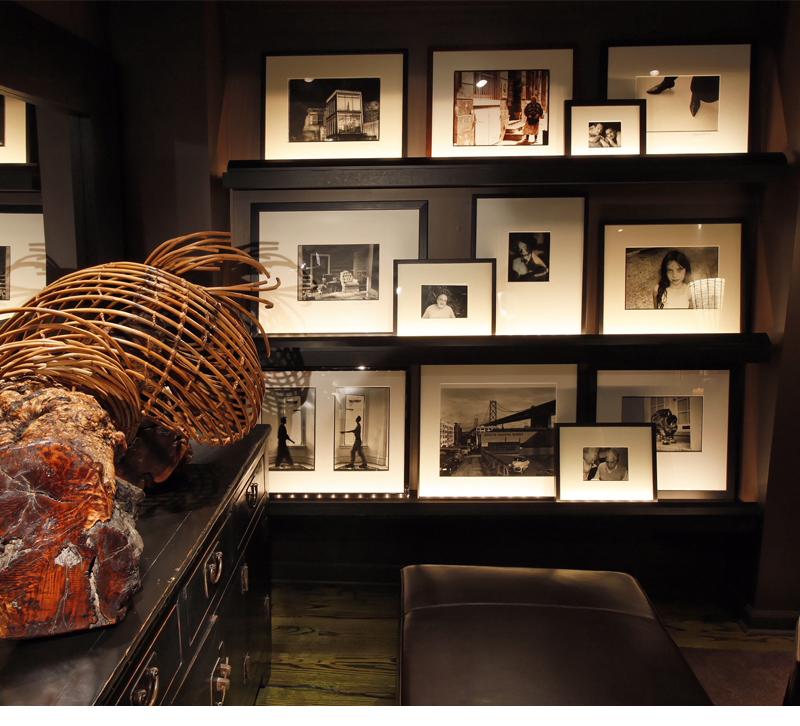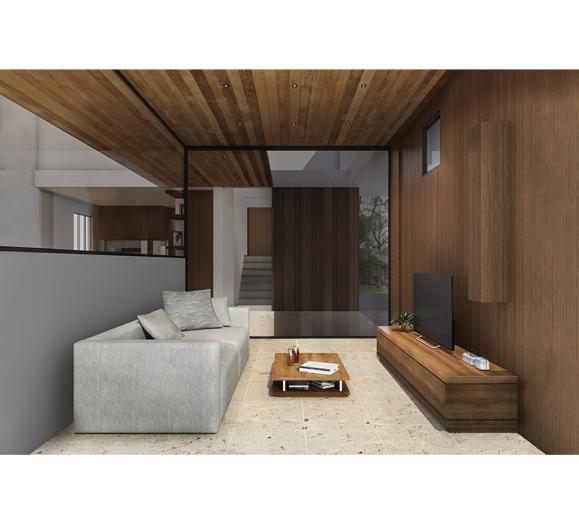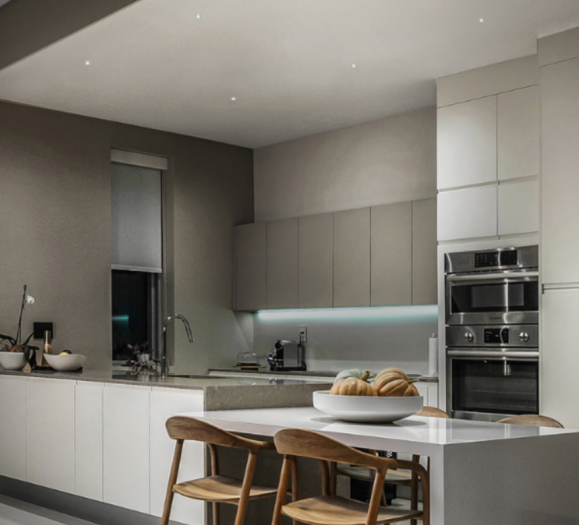Yes, I’m totally obsessed with LEDs. Admittedly, we got off to a rough start in the beginning. They got introduced onto the market a little too early. They didn’t have much lumen output, the color was off and dimmability was iffy at best. This put a lot of people off. It left a bad taste in their mouths and now they are still a little bit gun shy. I feel their pain. Lighting designers, architects and electrical contractors ended up being the beta testers for these emerging products. Now, everything is so much better. The companies that create LED products and the manufacturers of dimmers and dimming systems are working together to create family-friendly systems.
We also now have higher lumen outputs, a delicious variety of color temperatures and CRIs that are getting closer and closer to that of incandescent sources. If you haven’t jumped on the bandwagon, now is the time. When people are out shopping for LED bulbs and other LED products they need to know what these three things mean on the label:
Color Temperature
This refers to the color of the light, which is measured in degrees Kelvin. For example a standard incandescent bulb at full brightness is 2700K. Dimmed incandescent is 2400K, and candle light is 2150K. On the other end of the spectrum, daylight is 5000K.
Color Rendering Index (CRI)
This tells you how close the light source is to the color quality of incandescent light. Standard incandescent has a CRI of 100. You want to get an LED product that is 90 or higher in order to get the rich, full color that we are used to getting from incandescent lights.
Lumens
This tells you the amount of light that you're getting from the product. We're used to seeing wattage but that doesn’t apply anymore. To give you an example, a 60W incandescent bulb produces 800 lumens. You only need about 11W in an LED bulb to give you the same lumen output.
What’s Hot in LED
It’s all about linear LEDs these days. These are those nice long runs of continuous illumination, sometimes called tape lights or ribbon lights. I love tucking this linear strip lighting on top of crown molding, above kitchen cabinets, inside bookcases and above toe kicks. For my residential and hospitality projects, I use a lot of the warmer color temperatures, such as 2400K and 2150K. If you have a little bit more money in your budget, consider adding runs of linear indirect LED lighting that has color-changing capabilities. I’m not talking about the cheap stuff that goes from blue to green to yellow to red, I’m referring to LEDs that allow you to dial in a specific color. The older products used to be called RGB (denoting that red/green/blue diodes were being used). Now you want to get RGBW. This adds a white LED so that the colors are more natural and less flat.
Warm-dim technology is the hottest trend. This gives LED products the appearance of getting warmer in color temperature as they are reduced in intensity. Before, you could dim LEDs, but the color temperature would stay consistent. This felt a little off as people were used to their incandescent lights to getting warmer in color as they were dimmed. Now, there are many screw-in LED bulbs on the market that have the ability to go from cool white to a very warm white. There also light fixtures, both decorative and architectural that have this ability built into their components. Of course, the linear LEDs now have these options as well.
Photography: Randall Whitehead
I myself like 2400K, which I use in all the decorative fixtures in my home. I use 2700K in the kitchen and in the recessed adjustable fixtures that illuminate art and tabletops. Outside, I use 3000K to light up the trees and plantings in the landscaping. But for the Balinese teahouse, which I bought online on a whim, 2150K was selected to illuminate the vaulted wood ceiling. It creates an inviting warm contrast to the cooler color temperature that's highlighting the greenery.







